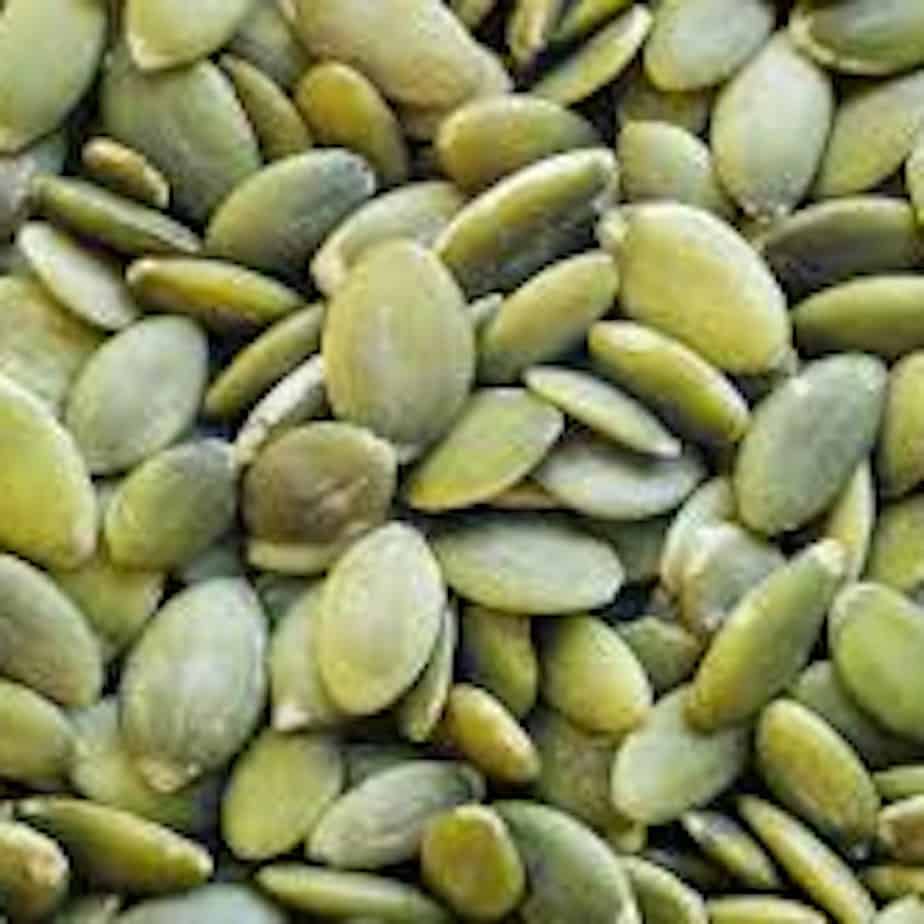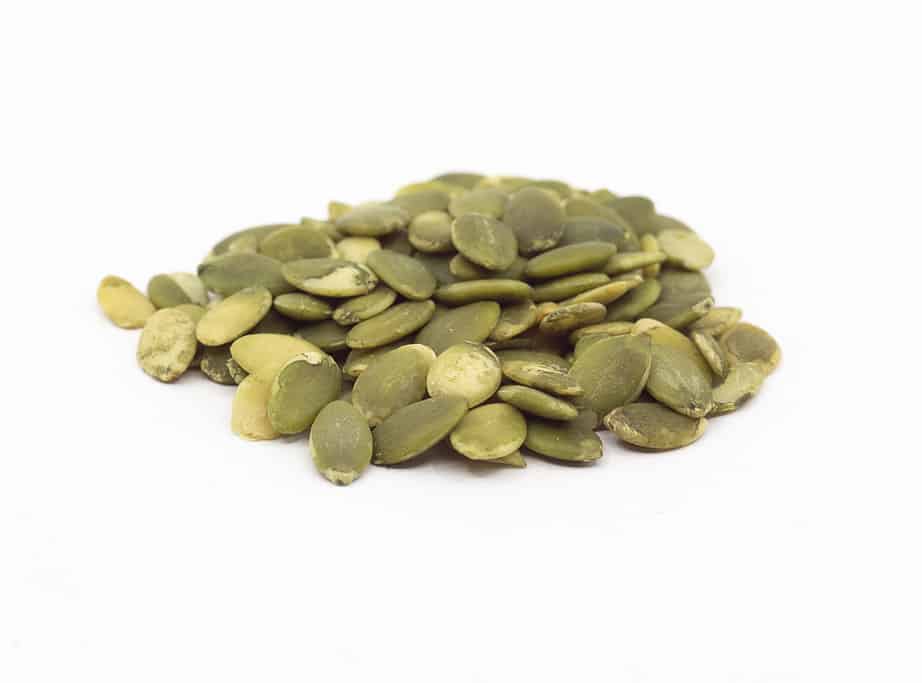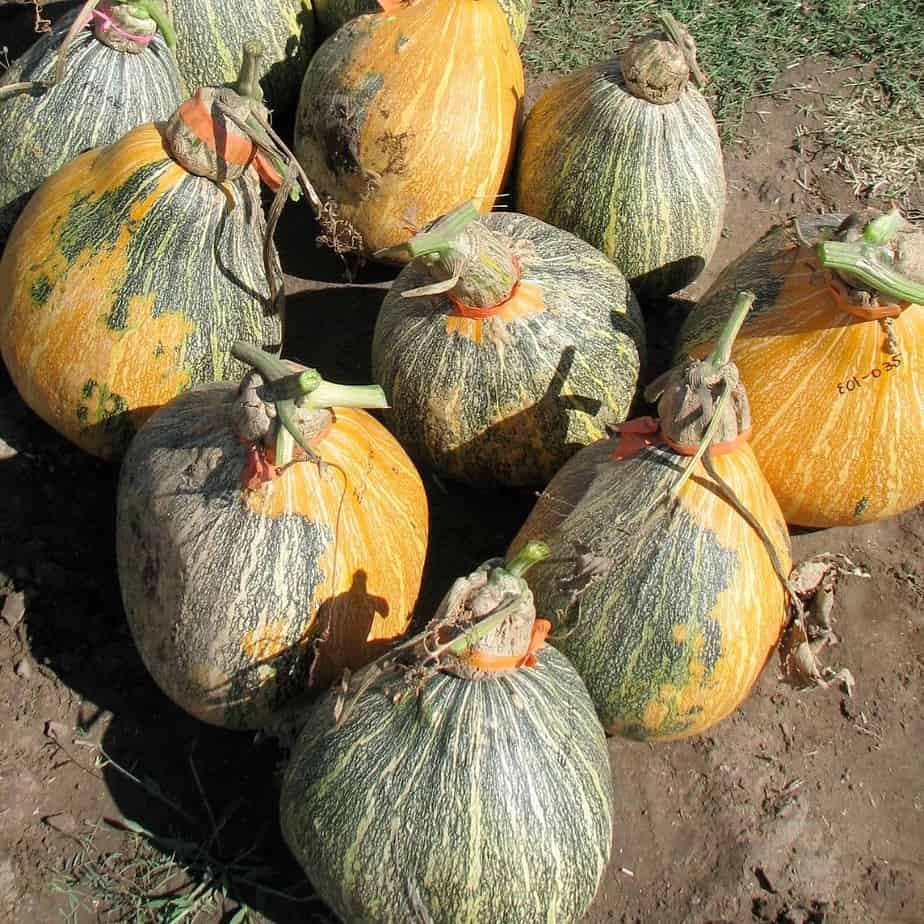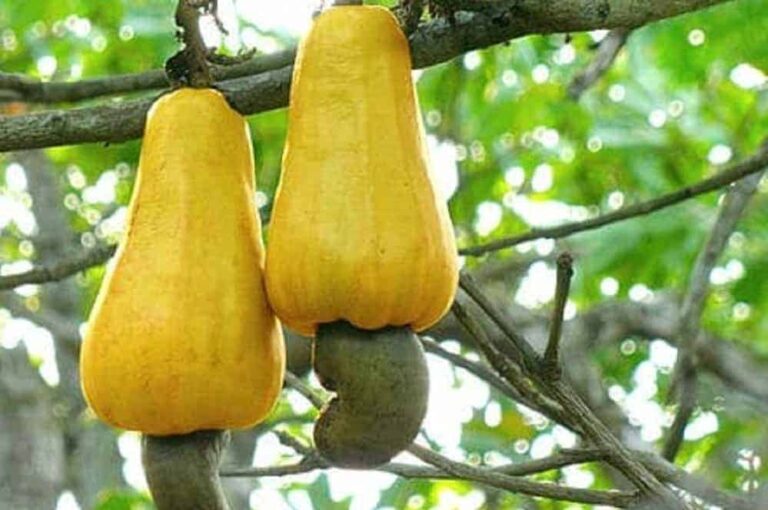Your cart is currently empty!
Do Pumpkins Need A Lot Of Water?
You can have a lot of fun and satisfaction growing pumpkins. They’re pretty to look at, and have a multitude of uses, making them a common crop in gardens and farms around the world. But, a common question on raising these gourds is are they water hogs and need regular watering? In this post, we will be digging deep into the water needs of pumpkins and the science of watering them. And finally talk about ways to increase hydration for a better final cookie.
The Best Water Requirement For Various Types And Sizes Of Pumpkins
When growing pumpkins, providing adequate water will enable plants to grow to their full potential, and can maximize yields. Pumpkins need regular watering to flourish, but getting it just right can be complicated. Generally, that works out to about 1 inch (2.5 centimeters) of water per week. But it does vary by type of soil, climate and pumpkin variety.
The soil type can have a significant effect on how much water is required for a pumpkin plant. Sandy soil drains faster and may need watering more often. Clay-based soils hold more moisture and do not need to be watered as often.
The weather is something else to think about. Pumpkin plants may need more water to keep from wilting and drying out in hot, dry weather. In contrast, when it is cooler and more humid, the plant may not need as much water because the soil retains more moisture.
It’s also worth thinking about the variety of pumpkins you’re growing. Certain types such as Atlantic Giant can grow to quite large size and may need more water than smaller varieties.
To check if your pumpkins are getting enough water, take a look at the humidity of the soil. Poke your finger into the dirt till about an inch down. When you feel the soil is dry, that’s when it’s time to water. Wait a day or two to water if it is moist to the touch. Water deeply and less often, as opposed to dousing the plant frequently with small amounts of water. Then the roots will grow down into the soil, which in turn may act to reduce water loss from the roots.”
You can not only survive outside the magic of pumpkin spice land and all of those extra calories, you can also help your pumpkin plants grow healthy and strong, with lots of pumpkins to be had by fall! Find that fine balance of hydration and soil moisture, and your pumpkin plants will flourish.

Understanding The Water Requirements Of Growing Pumpkins
It may be surprising to some new farmers that pumpkins have relatively high water requirements compared to other crops. Their large leaves, reaching up to two feet in diameter, transpire large amounts of water into the atmosphere. As a result, the plant’s roots need to intake considerable amounts of water to keep up with the water loss.
Pumpkin plants require water not only for transpiration, but also for other growth and development. The plant cells not only use water as a medium for lemon nutrition intake and transport, but they also grow through the absorption of water for gradual growth. So pumpkins, if not watered enough can have reduced calcium uptake, slower growth, and reduced fruit set.
It is important to remember that the watering needs of pumpkins can vary, according to the stage of growth, type of soil, and the climate. In the beginning, pumpkin plants need steady moisture to develop strong roots. After plants are established, water less frequently, but keep the soil consistently moist for fruit setting.
Types of Soil And Growing Healthy Pumpkins
Sandy soils obviously have a quicker plant available water (PAW) use rate (i.e., it drains faster) than loams. Secondly, high organic matter soil also can retain more water and decrease watering frequency. It’s also important to check the soil moisture daily to ensure the plants receive sufficient hydration.
In addition, pumpkin plants have a significant water requirement that is also affected by weather. In hot and dry weather evaporation of water from plants is greater and water requirement is intensified. During high humidity, however, plants lose less water and need less irrigation.
Deep WateringIf you get water on your pumpkin plants, be sure to do so deeply, as you should be doing with all water, to encourage the roots to grow deeper into the ground. Shallow irrigation encourages shallow roots, which are less tolerant of drought. Also water in the morning (to help minimise the chance of getting fungus, as wet foliage overnight is a recommend condition for the causes of fungus)
Finally, knowledge of the water needs of pumpkin crops is important to achieve healthy plant development and fruit yield. Pumpkin farmers can do so by taking soil moisture status into account, understanding their soil type, checking the weather, and watering deeply and in the morning.

The Science Behind Watering
One crucial factor in ensuring the healthy growth of pumpkins is watering them consistently. This involves regularly supplying water to the plants to maintain steady soil moisture levels. Regular watering helps prevent fluctuations in moisture levels that can stress the plant and negatively impact its development and yield.
However, it is not just about watering the plants regularly but also about watering them correctly. For example, it is important to avoid watering the pumpkin plant leaves. This can lead to the development of fungal diseases. Instead, direct the water towards the base of the plant, where the roots are located.
Ideally, the pumpkin plants should be watered deeply, allowing the water to penetrate the soil to a depth of at least 6 inches (15 centimeters). This encourages the development of a strong, deep root system that can efficiently access the water and nutrients necessary for optimal growth.
But how do you know if you are watering your pumpkin plants enough? One way to determine this is by checking the soil moisture. To do this, stick your finger into the soil about 2 inches (5 centimeters) deep. If the soil feels dry, it is time to water the plants.

Strategies for maximizing hydration to maximum leveling.
One inch (2.5 cm.) of water a week is the standard; as stated, a regular pumpkin plant will need roughly 1 inch (2.5 cm.) But, this number may vary depending on rainfall, the weather and the rate of evaporation. When it gets hotter and drier, increase the water to replace what is lost through evaporation. It should be emphasized that overwatering is just as bad for the plant as underwatering. Too much water can cause the roots to rot and other fungal diseases. You can put down a layer of mulch to keep the moisture in the soil and protect against weed growth. You can give your plants just what they need to grow; feeding them right with a balanced fertilizer.
The following practices, in combination with regular, adequate watering, cottage you with a bountiful pumpkin harvest to turn into delicious, healthgiving meals.
The Water Cycle: How Pumpkins Benefit From Water
The water cycle is a critical process in maintaining a healthy growth environment for pumpkins. It is a continuous cycle involving water movement from the earth’s surface to the atmosphere. When water evaporates from the plant’s leaves and the soil surface through transpiration and evaporation, it cools the plant and the surrounding area. This process helps modulate the temperature around the pumpkin plant and prevents overheating during hot summer days.
But the water cycle is about more than temperature control. It allows nutrients from soil to plant through the root system as well. Minerals and nutrients dissolve as the roots suck up the ascending water. Getting swept up in the leaves, the fruit, the pumpkin seeds. This essential nutrient transfer function is hampered if water becomes limiting resulting in stunted growth, reduced fruiting, and increased incidence of disease. In addition, the cycle of water is a key factor for the health of the soil. As water evaporates from the surface of the soil, minerals and nutrients are deposited that the pumpkins need to grow. The roots take up these nutrients which are moved through the plant to where they are needed, supporting overall plant growth and health.
There is also another direct benefit of the water cycle to pumpkins, and that is in the protection of soil erosion. The rain falls on the soil.” And it can wash away the soil, which is not good for pumpkins to grow in ― you know, if they have only water and no soil to be in. But when water does flow through the soil, the clods keep it from running off and help retain it, preventing erosion and keeping a healthy growing environment for pumpkins. In summary, the water cycle is an important process that has an impact on the way in which you grow your pumpkins. It controls temperature, promotes nutrients transport, conserves soil health and prevents soil erosion.
The Science Behind Watering Pumpkins for a Bigger Yield
In order to achieve as high of a pumpkin yield as possible you must water effectively. I mean the ones that are based on science. Here are some science-based tips to help you make the most of your watering:
Timing: Water your pumpkins when the sun is low on the horizon to reduce evaporation loss. And in high temperatures, make sure the plant is well watered for the day. The latter is due to lower evaporation rates, thanks to cooler temperatures, and less wind that morning will have, which finally allows the soil to soak up more water. Do not water in the evening or at night as this may encourage diseases to develop. The humidity can remain for a long time in the foliage, good place for fungus to grow there.
Soaker hoses or drip irrigation: These hoses or types of irrigation distribute water directly to the base of plants, while decreasing evaporation and lowering the risk of diseases. Avoiding erosion of soil and loss of nutrients due to surface water runoff from overhead watering. Soaker Hoses and Drip Irrigation Both soaker hoses and drip irrigation work well with pumpkin plants, especially because they have such shallow root systems and can be damaged easily.
Mulch: Using a layer of organic mulch, such as straw or wood chips, over the soil surface reduces evaporation and conserves moisture. It also helps to protect the soil against extreme temperatures and the soil remains more balanced and healthy during growth. Organic mulches, moreover, may decompose, contributing nutrients to the soil and improving soil structure.
Water-soluble nutrition: Targeted nutrition for each stage of plant growth helps ensure successful growing Pumpkin Productivity Applying nitrogen, phosphorus, potassium and other essential elements via a solution can greatly increase production of pumpkins. But, the time and manner that these nutrients are applied is important, because too much fertilizer can decrease fruit quality.
In Conclusion
Knowing how much to water a pumpkin can help gardeners and farmers increase the chances of a productive harvest. Distribution of water, and knowing how and when to water is the most important factor in growing a stunning, high producing pumpkin. It should be kept in mind that the water need of a pumpkin plant is not the same in every stage of its growth. For instance, seedlings need regular watering to encourage their roots. Mature plants need less frequent but more deep watering to accommodate their increased size and fruit load. By tracking soil moisture and modifying your watering accordingly, you can better ensure that your pumpkin plants get the right amount of water as they grow.
And on top of that, it is worth considering your local conditions. For instance, pumpkin plants may have to be watered daily in periods of drought or heat to avoid water stress and sustain plant growth. Additionally, excessive rain or rain flooding can cause waterlogged soils and roots damage. History 100I/02/0 It is good to water according to this watering guide when emptying THE TANK. Incorporate these science-backed watering tactics for smarter pumpkin production and a more rewarding yield.







